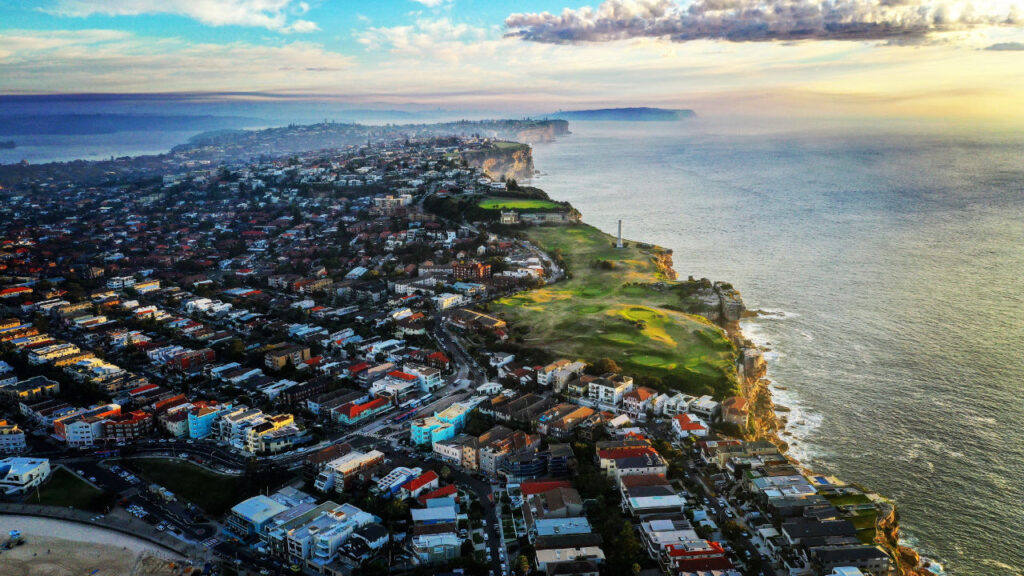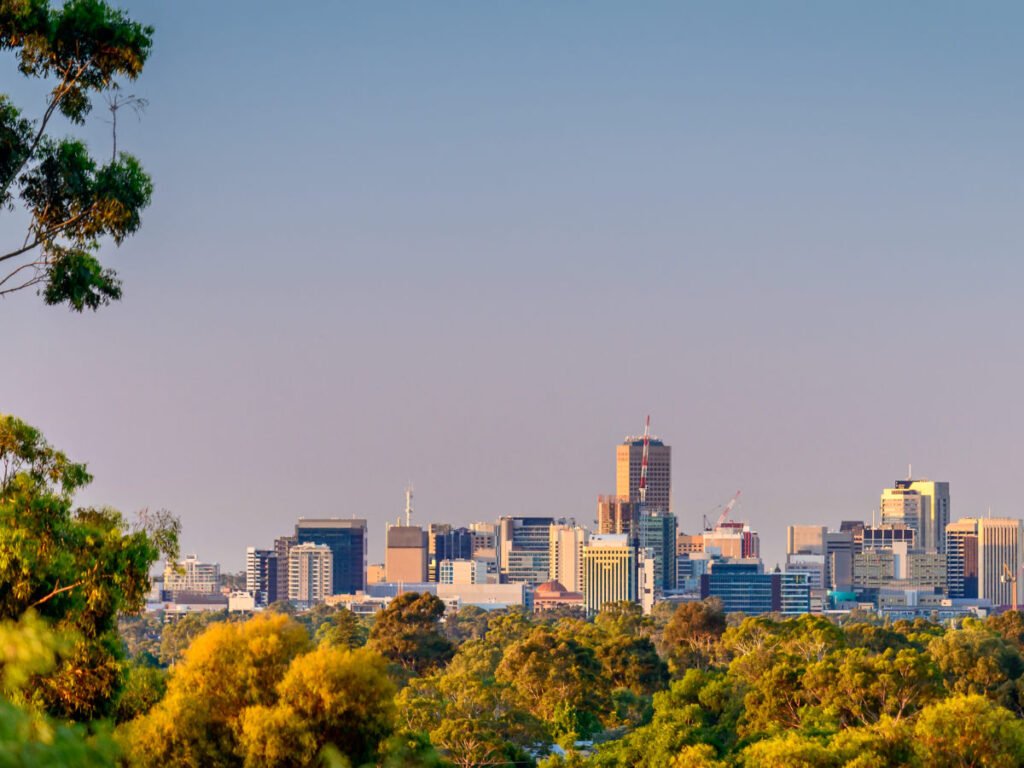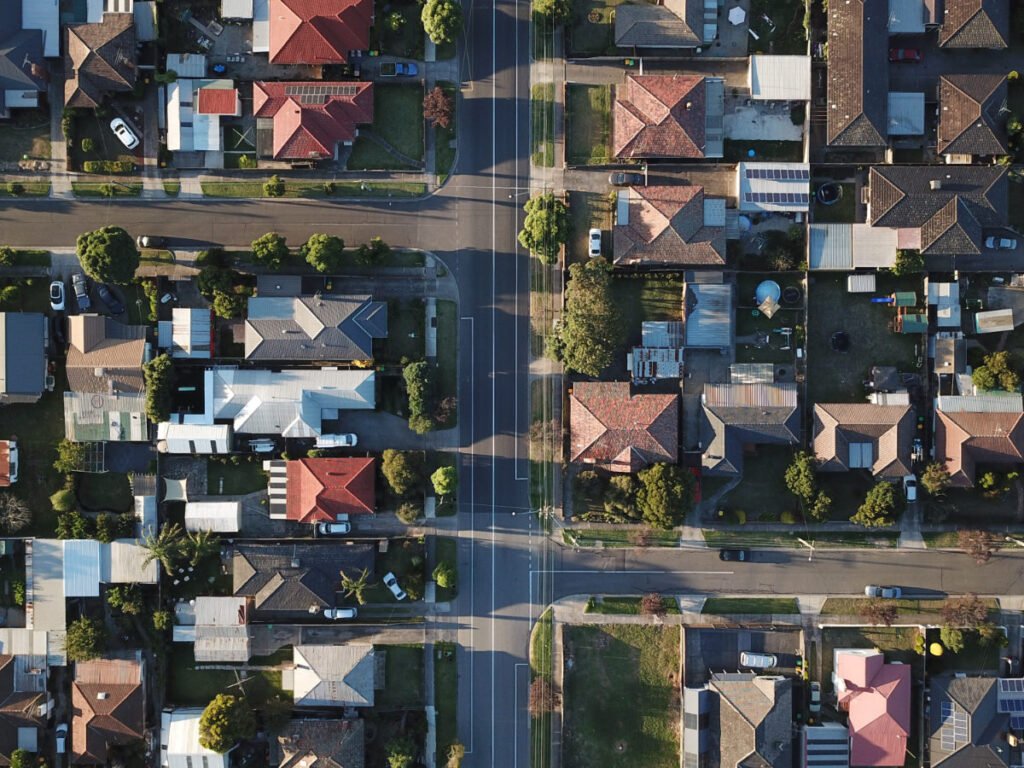The dream Aussie lifestyle has traditionally been synonymous with owning a home with lots of space. But Australia’s housing crisis is sparking a trend towards vertical living in its cities
Australian homes have long ranked among the most spacious in the world.
Having several bedrooms, a study, and a big backyard for entertaining guests around a barbecue is a common aspiration for most Aussies and one that has historically been easily attainable.
Yet the vision of the Australian dream home is disappearing amid a housing crisis that is forcing developers to build up rather than out.









